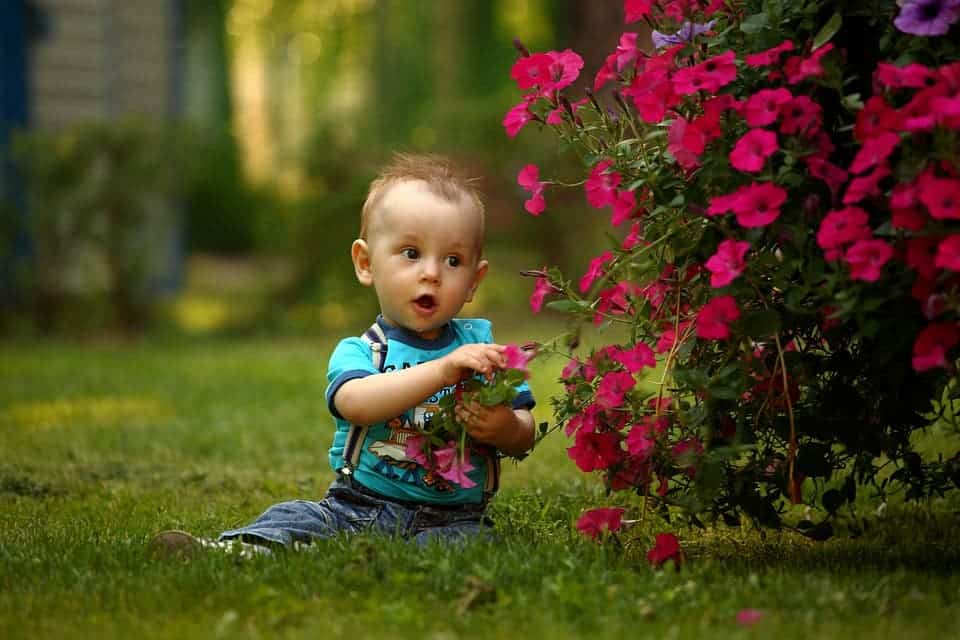A new study found that children who grow up close to greener surroundings have a 55% lower risk to suffer from mental health issues later on in life. The researchers who carried the study call on city planners to design and build more urban green areas.
In 2007, the world reached a tipping point: for the first time in history, more people were living in cities than in rural areas. Cities, although a rather recent emergence in human society, revolutionized our way of life: for better or worse, life in cities (especially in big cities) is unlike anything our ancestors ever experienced. Urbanization led to accelerated economic growth and greatly increased living standards — but it also brought forth some unwanted changes. Among these changes, cities have been associated with increased mental problems. Even though the exact underlying causes are not known, urban residence seems to take a toll on mental health.
Green spaces, on the other hand, seem to counteract that effect — although, again, the specific drivers are still unclear. In a new study, researchers from Aarhus University in Denmark wanted to study the association between green space and mental health. They used satellite data from 1985 to 2013, mapping the proximity to green spaces of 943,027 Danes, from birth to age 10. Researchers also had access to mental health outcomes, socioeconomic status, and place of residence.
They found a strong correlation between proximity to green areas and a lower risk of mental health issues later in life. Of course, in and of itself, this isn’t nearly enough to draw any solid conclusions. Previous research has shown that neighborhoods with many green spaces tend to be more affluent which can, in turn, reduce the risk of mental health diseases. Vegetation can also cause help ease extreme temperatures and clean up the air, which can also have an effect.
However, even when researchers corrected for all these factors, the correlation was still there: children who grew up with the lowest levels of green space had up to 55% higher risk of developing a psychiatric disorder, independent from effects of other known risk factors.
“There is increasing evidence that the natural environment plays a larger role for mental health than previously thought. Our study is important in giving us a better understanding of its importance across the broader population,” says Postdoc Kristine Engemann from Department of Bioscience and the National Centre for Register-based Research at Aarhus University, who spearheaded the study.
“With our dataset, we show that the risk of developing a mental disorder decreases incrementally the longer you have been surrounded by green space from birth and up to the age of 10. Green space throughout childhood is therefore extremely important,” Kristine Engemann explains.
Again, it’s not exactly clear why this happens, but researchers have several ideas. For starters, green areas increase social cohesion and are an excellent place to both relax and interact with other people. Parks can harbor a healthy sense of community, which can help keep the mind healthy as well. Green spaces have also been shown to increase cognition in children, and trees in particular were found to increase the “wellbeing, satisfaction, and development of children’s current and future academic and life skills.” There are probably several factors which intertwine and provide a mental safety net, confirming previous studies which found that spending more time in nature makes people healthier and happier.
While there may still be a cultural component to the study, cities are generally becoming larger and more crowded, which would suggest that natural areas are more important than ever. This study makes a very strong case for having more parks and forests in cities.
“Our data is unique. We have had the opportunity to use a massive amount of data from Danish registers of, among other things, residential location and disease diagnoses and compare it with satellite images revealing the extent of green space surrounding each individual when growing up,” says Engemann.
With 450 million people worldwide suffering from a mental disorder, this could be an extremely useful intervention. The World Health Organization (WHO) also promotes the development of as many green areas as possible, saying that they “represent a fundamental component of any urban ecosystem”.
“Green spaces also are important to mental health. Having access to green spaces can reduce health inequalities, improve well-being, and aid in treatment of mental illness. Some analysis suggests that physical activity in a natural environment can help remedy mild depression and reduce physiological stress indicators,” the WHO writes.
The team is now urging policymakers to heed their study (and other related works) and put more emphasis on green areas — both we and our children would have a lot to gain from it.
“The coupling between mental health and access to green space in your local area is something that should be considered even more in urban planning to ensure greener and healthier cities and improve mental health of urban residents in the future,” adds co-author Professor Jens-Christian Svenning from the Department of Bioscience, Aarhus University.
The study “Residential green space in childhood is associated with lower risk of psychiatric disorders from adolescence into adulthood” has been published in PNAS.











